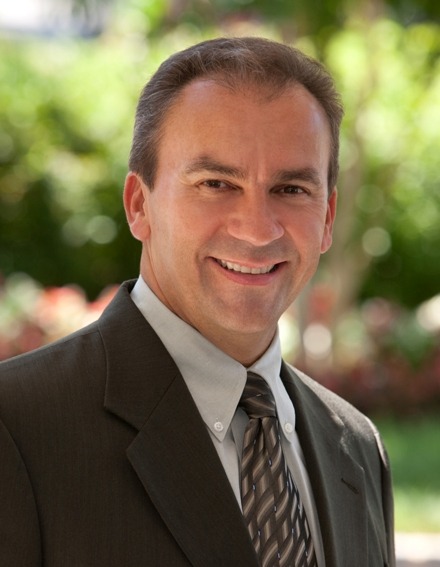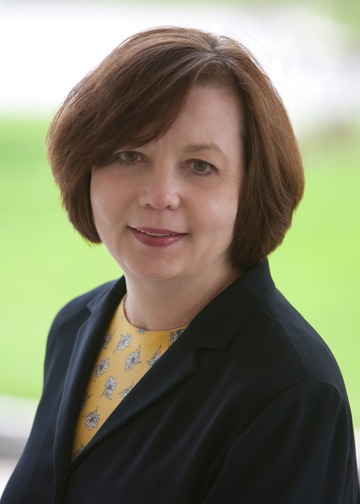Targeting the adult day care market
Although America is bracing for a “silver tsunami” as baby boomers retire in droves and require an exorbitant amount of senior services, many would be surprised to know the traditional nursing home is facing a growing vacancy rate. A January 26, 2012 article in The Fiscal Times reported the number of nursing homes has dropped in America nearly 9 percent between 2000 and 2009. In many cases, it is because of lack of demand.
Some blame the recent recessions, which have limited the government’s ability to fund skilled nursing care. And many nursing homes just don’t seem to have the financial means to build new facilities that can accommodate the needs and expectations of today’s baby boomers and their families.
 We know the challenges of nursing home administration: increased regulation, reduced reimbursements and the consumers’ desire to stay at home with loved ones for as long as possible. Some states have a moratorium on new nursing home beds. In such an environment, it is incumbent on nursing home providers to find new ways to serve seniors and to ensure we are not swept under by this silver tsunami.
We know the challenges of nursing home administration: increased regulation, reduced reimbursements and the consumers’ desire to stay at home with loved ones for as long as possible. Some states have a moratorium on new nursing home beds. In such an environment, it is incumbent on nursing home providers to find new ways to serve seniors and to ensure we are not swept under by this silver tsunami.
EXPAND THE SCOPE OF SERVICES
While some continue to sound alarm bells, nursing home providers can shift their approach, expanding their options and services to accommodate a changing America. States are broadening the scope of publicly funded long-term care services beyond costly nursing home care to flexible, responsive home- and community-based services (HCBS), both to control growth in Medicaid spending and to offer consumers greater options. This has created opportunities for providers to develop or expand services.
With the projected growth in the older population and resulting increase in the numbers of individuals who will require long-term care (LTC), the need for community-based providers in areas such as adult day services centers will continue to grow. To continue to be relevant, traditional nursing home providers need to embrace HCBS options, such as adult day health services.
Four years ago, The Francis E. Parker Memorial Home (Parker) in Highland Park, N.J., leveraged its core competencies in nursing care and dementia care by establishing an adult day care program to provide social and health maintenance, rehabilitation and caregiver respite. Since the 1970s there has been a continued growth of adult day programs, especially after additional Medicaid funds became available through waiver programs.
With rapid growth, some states, such as New Jersey, became concerned about fraudulent practices and have established moratoriums on adult day health services licenses. However, if adult day care is to continue to serve the growing need for community-based services, then state regulators need to be more flexible in making this opportunity easier to estabish.
Most adult day health service programs provide health assessments, nursing supervision and nursing assessments; medication administration and assistance with Activities of Daily Living (ADLs); therapeutic recreation, socialization and group activities; and case management/care coordination and transportation.
Nationally, the typical adult day health service participant is an average age of 75, disabled and likely to have some type of dementia. Many are functionally dependent, needing assistance with one to three ADLs.
THE PARKER EXPERIENCE
The Parker Adult Day Center set out to be best in class when it was planned and opened. Nearly five years later, it has matured into one of the leading home- and community-based programs in central New Jersey. The Parker medical day program serves a diverse, frail, elderly population and supports caregivers by providing respite from the challenges of caregiving. The program makes it possible for people to remain at home, with a caregiver. One generation ago, these seniors would have no other option but to be institutionalized in nursing homes.
Two years after opening the medical day program, Parker saw an unmet need in the communityfor a social program to meet the needs of thesocially isolated elderly—those needing motivation and support to maintain an active life while managing aging issues.
Parker went to local senior groups, where people might not be able to qualify for medical programs, but could benefit from social programming. Senior centers are often unable to provide these individuals with the level of continual social support they need. Most social day participants live alone, have limited income and assets and use public funding to pay for the program. The availability of grants has allowed some to pay a modest daily fee for access to the social program and all the amenities.
Four years after opening, the Parker adult day care program has more than 110 seniors enrolled, with more than 55 participating daily. In the last year, more than 70 new adult day center enrollees joined, the result of nearly 200 program visits generated by robust marketing and outreach efforts.
While the Parker adult day program has been a challenge to establish and grow, every nursing home provider should consider introducing similar programs. In today’s market, this is a phenomenal opportunity to fulfill needs in the senior community while building important bridges to prospective skilled nursing home residents and their families.
THE BASICS OF AN ADULT DAY PROGRAM
Nursing home providers may already have most of the infrastructure, the assets and the expertise to launch a successful program. But many challenges must be overcome to build a sustainable program.
Transportation services. For its adult day program, Parker had to develop a transportation services capability quickly—using current staff as van drivers, renting vehicles and contracting with local transport companies. Today, more than 80 percent of Parker’s adult day participants use the transportation services. While transportation is a significant expense and a continual challenge to coordinate routes, manage drivers and maintain vehicles, it is an important serviceprovided by most adult day health service facilities (and required by some state regulations).
Case management. Most of the participants in Parker’s medical program have dementia and require a heavy caseload of family education and assistance with supportive services and placement options. Caregivers often believe that caring for their loved one is a family responsibility. They may feel guilty using community services. Parker needed to establish caregiver relationships and significant caregiver support services, including well-attended caregiver support groups and educational programs.
Marketing. Adult day programs are still relatively new in the spectrum of services for caregivers. The general public has little understanding of what an adult day program is and why it is a valuable option that could assist them in their caregiving responsibilities.
Parker needed to launch an unprecedented level of community outreach and professional referral relationships to build awareness and interest in the program. Parker also recognized that they were pursuing a different socioeconomic segment of the community and needed to build trust and confidence with family caregivers through free program trials. Parker knew that if someone attended the program for one day, they would return, again and again. So, the goal was to get them in the door; then the program would sell itself.
TIPS FOR SUCCESS
Parker learned that to be effective, an adult day program must respond to the needs and wants of both participants and caregivers. There are a few key factors for success:
- Be open a full day. Parker adult day center is open from 8 a.m. to 4 p.m., Monday through Friday. Providers need to be open to expanding its hours, should the local market desire it.
- Provide or arrange for participant transportation to and from the center.
- Provide a full day of engaging activities that offer choices, focusing on the interests and abilities of the participants. The Parker program is constantly evolving, and includes intergenerational activities, wellness/fitness programs and fun outings.
- Adopt a best practice of enrolling at least one new person per week. One in three people who inquire will enroll. To generate a steady stream of inquiries, market to caregivers and formal referral sources.
- Pursue a variety of revenue streams (self-pay/out-of-pocket payments, government funds, private insurance, etc.) to avoid reliance on any one revenue source.
- Recruit and keep quality staff that thrive in the fast-paced day care environment. There is a minimum staff requirement for licensing. But as you grow, you need to plan for how and when to add staff. And it’s crucial to hire the right program director for the job.
A NEW ERA
Parker is fortunate to have a governing board and management team committed to the adult day program. The team projected that it would take three years for the program to grow to capacity, and it was right on the mark.
Nursing homes that desire to make this shift can leverage core competencies and must be willing to experiment and invest for the future, recognizing the benefits of adult day programming and other community-based services.
We are embarking on a new era for the LTC industry, one where adult day care and other innovative home- and community-based programs will ensure that innovative providers can best care for a shifting—and growing—senior population.

 Roberto Muñiz, LNHA, MPA, is president and CEO of The Francis E. Parker Memorial Home, a not-for-profit long-term care provider serving seniors in Piscataway, N.J., and Donna Lazartic, LNHA, MBA, is Strategic Development and Chief Resource Officer. They can be reached at rmuniz@feparker.net and dlazartic@feparker.net, respectively. For more information, visit www.FrancisEParker.com or call 732-565-2400.
Roberto Muñiz, LNHA, MPA, is president and CEO of The Francis E. Parker Memorial Home, a not-for-profit long-term care provider serving seniors in Piscataway, N.J., and Donna Lazartic, LNHA, MBA, is Strategic Development and Chief Resource Officer. They can be reached at rmuniz@feparker.net and dlazartic@feparker.net, respectively. For more information, visit www.FrancisEParker.com or call 732-565-2400.
I Advance Senior Care is the industry-leading source for practical, in-depth, business-building, and resident care information for owners, executives, administrators, and directors of nursing at assisted living communities, skilled nursing facilities, post-acute facilities, and continuing care retirement communities. The I Advance Senior Care editorial team and industry experts provide market analysis, strategic direction, policy commentary, clinical best-practices, business management, and technology breakthroughs.
I Advance Senior Care is part of the Institute for the Advancement of Senior Care and published by Plain-English Health Care.
Related Articles
Topics: Activities , Alzheimer's/Dementia , Articles , Clinical , Executive Leadership , MDS/RAI , Rehabilitation











